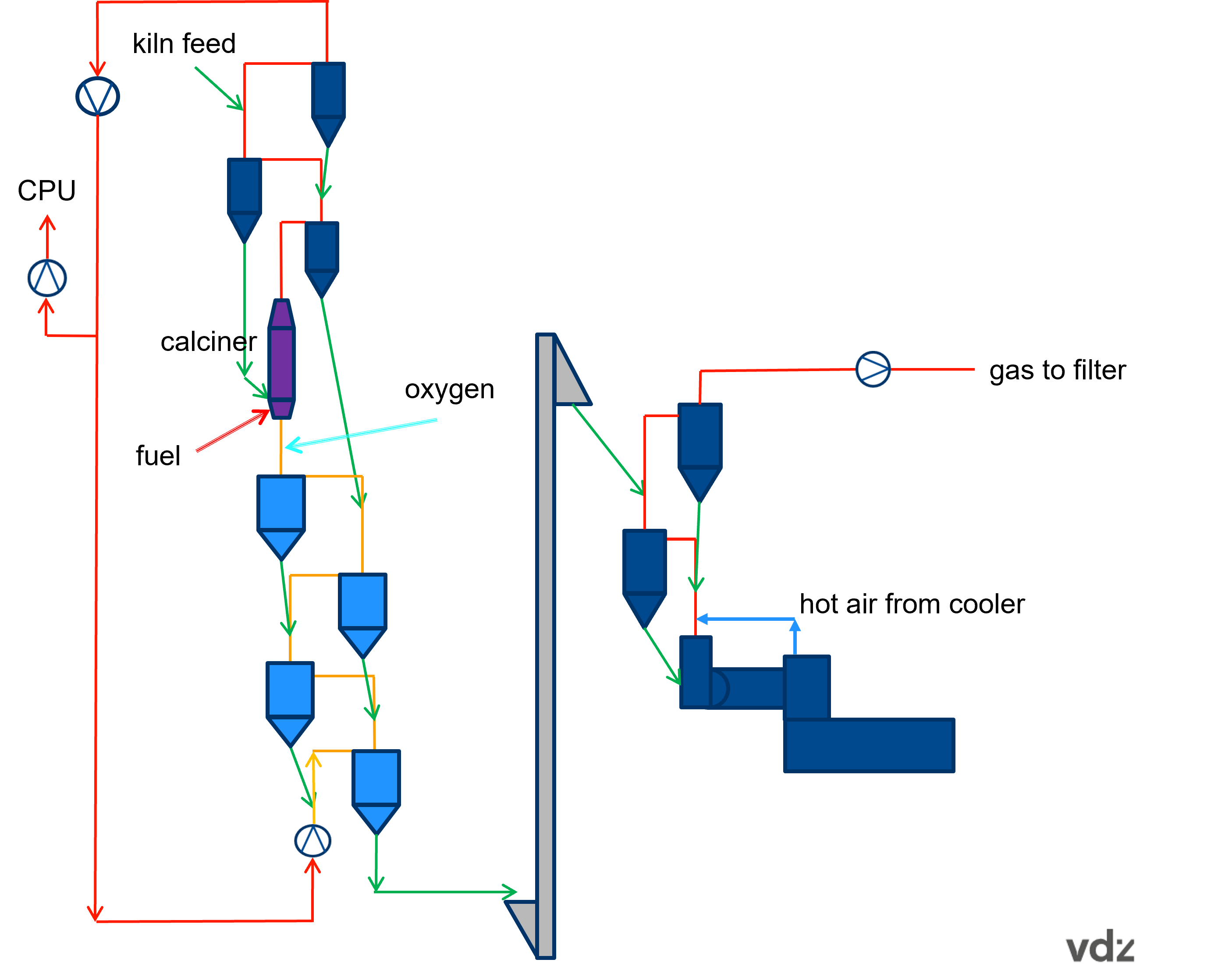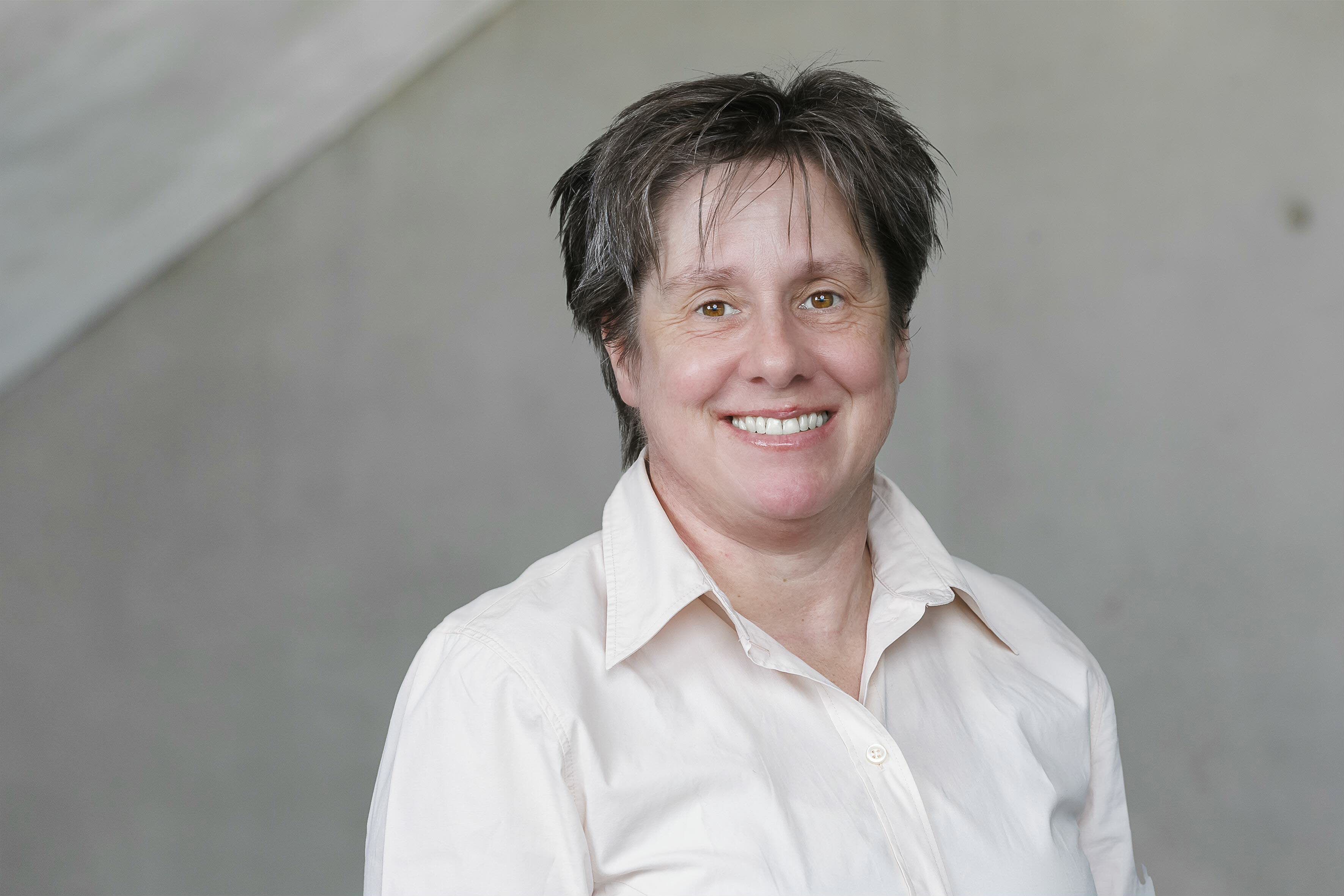01.05.2025
Research projects
CO₂ capture in cement production using shaft calciner in combination with a rotary kiln
As plans are progressing for the CCUS infrastructure for transporting, storing and using CO₂, it is becoming increasingly clear that the separated CO₂ must be very pure in order to be used or stored. CC technologies are currently being planned with considerable engineering effort and electricity consumption for gas cleaning systems to separate unwanted accompanying substances. This is where this project comes in. It aims to investigate an innovative concept that could significantly reduce this effort.
Learn more
01.04.2025
Research projects
Behaviour of trace elements in modern rotary kiln systems - effects on emissions, CO₂ separation systems and the product
Precise material balances and up-to-date transfer factors are essential for evaluating trace element emissions in cement clinker production. Outdated data makes it difficult to use modern, CO₂-neutral raw materials and fuels. The project aims to update the transfer factors to support industry, the environment and climate protection.
Learn more
01.12.2025
Training
E-learning
With us, you can expand your knowledge around the production of cement and lime, as well as in the area of concrete technology. As a competent partner, we have been offering our customers individual qualification solutions since 2010. In addition to German-language online courses, we also offer English- and Russian-language courses and other services.
Learn more
13.10.2026
Training
Benchmarking carbon capture – A practical guide to technology evaluation
This online seminar equips you with the knowledge and tools needed to systematically evaluate CO₂ capture technologies applied to industrial processes such as the clinker burning process. You will be introduced to the key benchmarking methodology and will learn how to assess technical performance, economic feasibility, and site-specific applicability in a structured way. Through practical examples and case studies, you will see how data-driven benchmarking can support informed decision-making on the path toward climate-neutral production.
Learn more
05.10.2026
Training
Energy balances and efficiency
In this training you will learn how to conduct and evaluate cement kiln and mill trials. Kiln and mill examinations are carried out in order to gather data on the performance and to validate warranty performance data such as the output, the energy consumption, input/output ratio or the efficiency. Using this data as a reliable basis, you can for example optimise individual components of the operating system as well as the cement quality, reduce energy demands as well as emissions, evaluate material cycles and reduce coating formation.
Learn more
19.05.2026
Training
Technologies and optimisation strategies for efficient CO₂ capture
This online seminar gives you a concise overview of technologies and optimisation strategies for efficient CO₂ capture applied to industrial processes like the clinker burning process. You will learn the fundamentals of carbon capture processes and the key criteria for integrating capture systems into existing plants. The online seminar also highlights optimisation potential through holistic heat integration and process stabilisation. Synergies and limitations arising from combining multiple emission sources are assessed, along with impurity pathways and the consent need for emission abatement. By the end, you will gain practical insights into how CO₂ capture can be implemented effectively from both a technical and an energy perspective.
Learn more
20.04.2026
Training
Firing alternative fuels
In this training you will become familiar with all relevant aspects concerning the use of alternative fuels in cement plants. Starting with the main political drivers such as the circular economy and the European waste fuel strategy, you will get a detailed insight into the current state-of-the-art-situation with regard to the use of alternative fuels in the EU. In this context, pre-treatment and suitable quality control of alternative fuels will be also explained and presented to you. You will focus on all the relevant aspects of the use of alternative fuels in the burning process (e.g. drivers and barriers of their use, available process technology and latest developments) and discuss them in the sessions. You will acquire knowledge about technical feasibility and optimisation potential, and have the possibility to discuss case studies.
Learn more
01.10.2022
Research projects
CaLby2030 – Calcium Looping to capture CO2 from industrial processes by 2030
In CaLby2030, the deployment of Calcium Looping technology (CaL) using Circulating Fluidised Bed reactors (CFB) in the cement industry will be investigated, aiming at efficient CO₂-Capture without compromising clinker production or product quality. A technology scale-up will be also evaluated in a German cement plant by exploring different retrofit possibilities. Besides the cement sector, the deployment of CFB-CaL technology in other relevant sectors will also be investigated.
Learn more
01.04.2021
Research projects
Reduction of green house gases by process innovations in the primary Industry, SP 6: Development of a methodology for cross-project and ecological potential assessment, cement industry
The transfer and networking project ReInvent aims to provide technical and organisational support for the BMBF funding measure KlimPro-Industrie.
Learn more
23.03.2026
Training
Burning technology in cement production
Clinker production is the most energy-intensive process step in cement manufacturing. It can represent up to 90 % of the total energy demand in a cement plant and is therefore a main focus not only with regard to cost optimisation and quality improvement of the final product, but also regarding emission control and the reduction of impacts on the environment. VDZ’s training will enable you as participant to obtain a deeper knowledge of the clinker production process and a better understanding of how the daily decisions can impact the overall performance of the plant (quality, electrical energy use, fuel consumption and emissions).
Learn more

